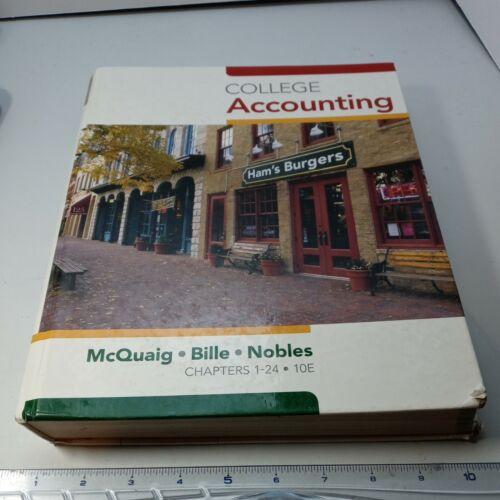Question
The Numo Company, which was acquired (and renamed) in 2003 by E. R. Numo, sells frigets to multinational firms. In 2017 a venture capital firm
The Numo Company, which was acquired (and renamed) in 2003 by E. R. Numo, sells frigets to multinational firms. In 2017 a venture capital firm provided additional funding in order to allow the company to expand operations. The following information was taken from the preliminary trial balance of Numo Company, a calendar year company, on December 31, 2017:
Cash 72,000
Accounts Receivable 60,000
Allowance for Doubtful Accounts 0
Inventory at FIFO 94,000
LIFO Reserve 6,000
Transportation Equipment 203,000
Accumulated Depreciation - transportation Equipment 68,000
Goodwill 160,000
Accounts Payable 20,000
Deferred Tax Liability - Depreciation 6,000
Common Stock, $2 par 122,000
Paid-in Capital in Excess of Par Value 81,000
Retained Earnings, 1/1/17 81,000
Sales 504,000
Salaries/Compensation Expense 88,000
Cost of Goods Sold 180,000
Supplies Expense 17,000
Depreciation Expense - transportation
Equipment 22,000
Municipal Bond Interest 9,000
However, the bookkeeping staff has NOT recorded the following transactions and adjustments because they were unsure about the appropriate accounting treatment:
(1) On January 1, 2017, Numo issued a five-year, $400,000, non-interest bearing note to the venture capital firm and received $248,368 in cash, which reflects a 10% market yield. For financial statement purposes, interest expense is recognized using the effective interest rate method. However, for tax purposes, interest expense will be computed usng the straight-line method.
HINT - In addition to the 1/1/17 transaction, be sure to record the required adjusting entry to record interest expense as of 12/31/17 as any required DTA or DTL.
(2) In 2017, the company was accused of patent infringement. While the company is contesting the case, management believes that there is a probably loss of between $22,000 and $40,000. This loss has NOT been recorded
HINT - Record the appropriate loss. This accrued liability should be considered a current liability. Also, remember that the loss is not deductible for tax purposes until it is paid in the future.
(3) Numo maintains its internal inventory records using the FIFO method of accounting. However, for financial reporting purposes, the inventory is adjusted from FIFO to LIFO using the LIFO Dollar-Value Method. As of 12/31/17, the value of the inventory under LIFO has been determined to be $85,000. Nino records the difference between LIFO and FIFO using a LIFO Reserve account. (4) The company has not yet recorded the allowance for doubtful accountsfor 2017. Based on experience, bad debt expense should be 3% of sales. Bad debt expense is not deductible for tax purposes until actual accounts are written off. There were no write-offs during 2017.
Required:
A. Record appropriate transactions and adjusting entries as described above.
B. Partially prepare a multiple-step Income Statement (through Income before Income Taxes) in accordance with GAAP.
C. Record Income tax Expense for 2017. The tax rate is 25% for all years. You have learned that the company's interest revenue is tax-exempt since it was earned on municipal bonds. In addition to the temporary differences described above, you have identified that a temporary difference exists for depreciation. As of 12/31/2016, there is a cumulative difference between tax depreciation and financial statement depreciation that amounts to $24,000. The appropriate DTL has been recorded for this as of 12/31/2016. In 2017, tax depreciation was $28,000 and book depreciation (already recorded - see trial balance) was $22,000. You may assume that all deferred tax assets, if any, will be realized.
D. Complete your Income Statement. Be sure that it contains all items that are required by GAAP. You do NOT need to show Earnings Per Share data.
E. Prepare a classified Balance Sheet in accordance with GAAP. HINT - Under the new GAAP rules, deferred taxes are shown on the Balance Sheet as either a net DTA or net DTL and all deferred taxes are shown as a non-current (long-term) asset or liability depending on which amout is larger.
Step by Step Solution
There are 3 Steps involved in it
Step: 1

Get Instant Access to Expert-Tailored Solutions
See step-by-step solutions with expert insights and AI powered tools for academic success
Step: 2

Step: 3

Ace Your Homework with AI
Get the answers you need in no time with our AI-driven, step-by-step assistance
Get Started


